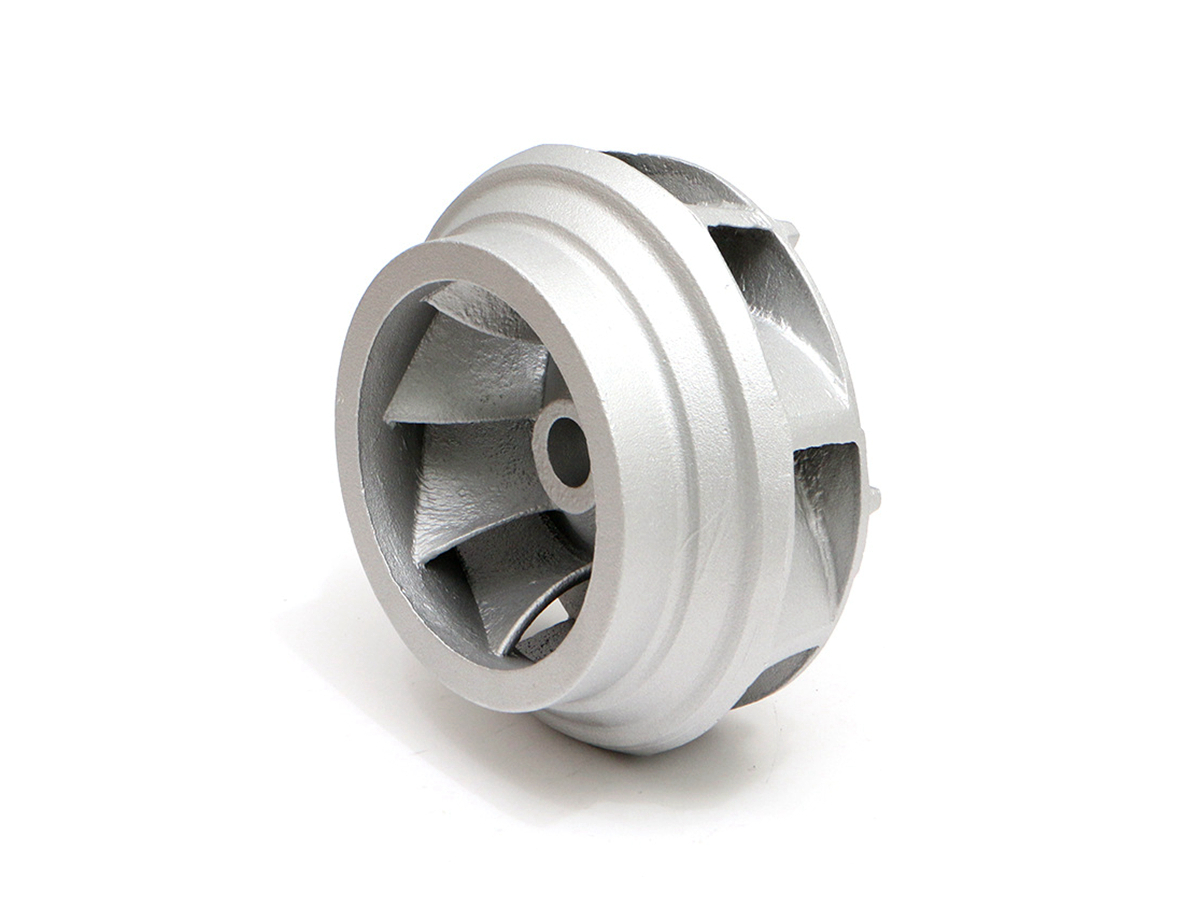Enhancing Energy Efficiency: The Benefits of Sand Casting in Pump Component Manufacturing
Introduction
Energy efficiency is a key factor in the performance of pump components, as it directly impacts operational costs and sustainability in various industries. With the growing demand for efficient machinery, manufacturers use innovative methods like sand casting to produce reliable, high-performing pump parts. This process offers several advantages, including handling complex shapes and large production volumes.
Sand casting has proven to be a versatile and cost-effective solution for creating durable pump components. It allows for precision and flexibility in manufacturing while providing the strength and reliability required in industrial applications. The combination of superior material properties, advanced surface treatments, and the overall efficiency of the process makes it the ideal choice for producing pump parts.
Manufacturing Process of Sand Casting Pump Components
The sand casting process is widely used for manufacturing pump components because it can create complex geometries at a relatively low cost. The process begins with creating a mold, typically made from a mixture of sand, water, and binding agents. This mold is then packed around the pattern, which is the exact shape of the desired pump component.
Once the mold is ready, molten metal is poured into the mold cavity, filling the space left by the pattern. The mold is broken away after the metal cools and solidifies to reveal the casting. The final steps involve cleaning the casting, removing any excess material, and performing post-casting treatments for improved surface finishes and functionality. The flexibility of this process makes it suitable for both small-scale prototyping and large-scale production.
Typical Sand Casting Materials in Pump Components
A variety of materials can be used in the sand casting process, depending on the specific requirements of the pump components. Some of the most common materials include:
Stainless Steel: Known for its high corrosion resistance and strength, stainless steel is often used for pump components in aggressive environments. Its tensile strength can range from 480 MPa to 1,100 MPa, ensuring durability in challenging applications. The material's durability can be enhanced through various surface treatments like electropolishing.
Aluminum: Aluminum alloys, particularly A356 and A380, are favored for their lightweight properties and good casting characteristics. Aluminum’s tensile strength typically ranges from 200 MPa to 350 MPa, making it an excellent choice for pumps that require low weight without sacrificing strength.
Copper Alloys: These materials are known for their high thermal conductivity and resistance to wear. Copper alloys are commonly used in pump components exposed to high-temperature environments, with hardness values reaching up to 250 HV (Vickers hardness). Copper alloys are also corrosion-resistant, making them ideal for demanding applications.
Nickel-Based Alloys: These alloys offer exceptional strength at high temperatures and resist oxidation and corrosion. The hardness of these alloys can exceed 300 HV, making them suitable for pumps used in high-stress industrial applications. Nickel-based alloys are perfect for environments requiring high strength and heat resistance.
Each material offers specific advantages, such as improved heat resistance, durability, or weight reduction, making the right material selection crucial for the intended application.
Surface Treatments for Sand-Cast Pump Components
Various surface treatments are applied to enhance the performance and lifespan of sand-cast pump components. These treatments improve the casting's surface quality, corrosion resistance, and wear resistance. Some of the most common surface treatments for pump components include:
Painting: Protective coatings are applied to prevent rust and wear. Painting enhances the appearance and provides a barrier against environmental factors.
Electropolishing: This process is used to smooth the surface of stainless steel components, improving corrosion resistance and reducing the risk of contaminants. Electropolished surfaces are particularly beneficial in the food and pharmaceutical industries.
Anodizing: Commonly used for aluminum components, anodizing increases the thickness of the oxide layer, improving corrosion resistance and creating a durable surface that can withstand harsh environments.
Sandblasting: This is used to clean the surface and provide a uniform texture. Sandblasting is particularly useful for removing imperfections and enhancing adherence of other coatings.
Chrome Plating: For components requiring a highly durable and smooth surface, chrome plating offers enhanced hardness and resistance to wear.
These surface treatments can significantly extend the life of pump components and improve their performance under various operational conditions.
Applications of Sand-Cast Pump Components
Sand-cast pump components are used in various applications where reliability and efficiency are paramount. Key industries benefiting from sand casting in pump manufacturing include:
Power Generation: Components must withstand high pressures and temperatures, making sand casting ideal for durable, heat-resistant parts critical to efficient energy production.
Water Treatment: Pumps require corrosion-resistant components to improve water purification processes.
Oil and Gas: Sand casting provides versatile solutions for durable components needed in high-temperature, high-pressure environments.
Industrial Machinery: Heavy-duty machinery requires robust and cost-effective pump components produced efficiently via sand casting.
Agricultural and Irrigation Systems: Reliable and efficient irrigation pumps rely on durable components made through sand casting.
Related FAQs:
What is the sand casting process for pump components?
How does sand casting improve energy efficiency in pump manufacturing?
What materials are commonly used in sand casting for pump components?
What surface treatments are applied to sand-cast pump parts?
What are the main advantages of using sand casting for pump components?

